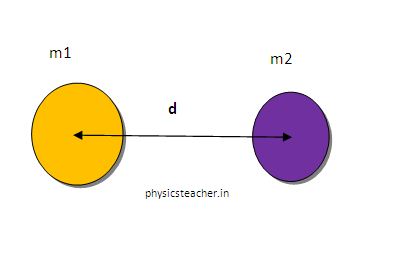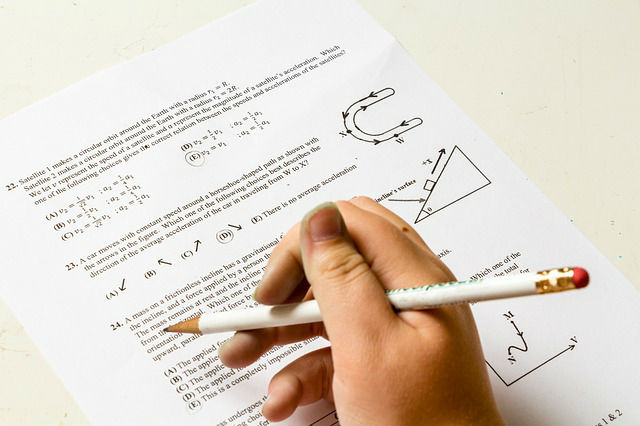Gravitation class 11
This post provides study material on Gravitation class 11 [Physics Chapter 8 CBSE] in a nutshell. These gravitation class 11 Notes & formulas summarize the key concepts, equations, and applications. It also lists down a set of selected questions (prepared for ISC, CBSE class 11 physics, grade 12 physics, and UPSC preparation, IAS exams).









